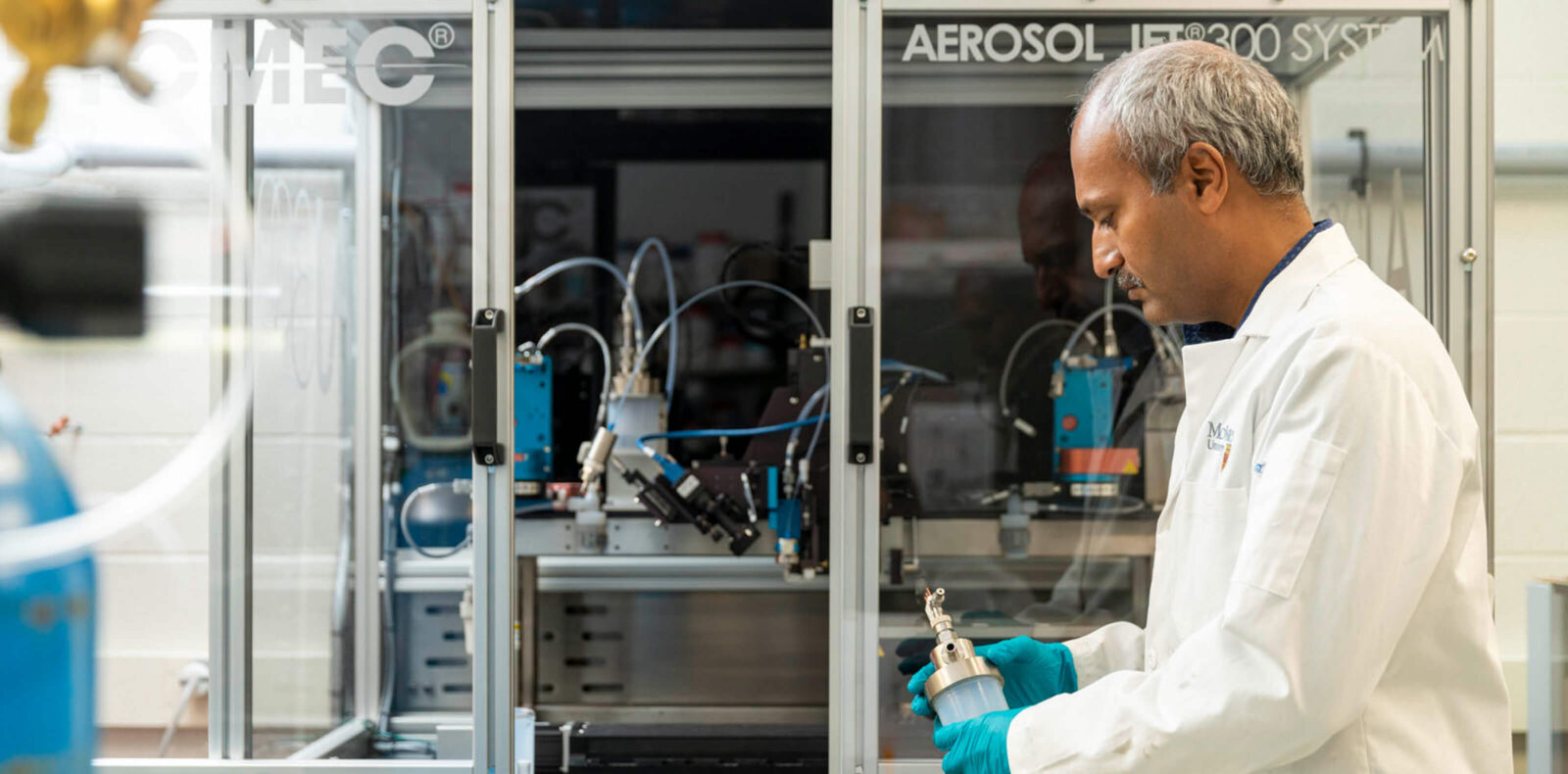Testing Equipment
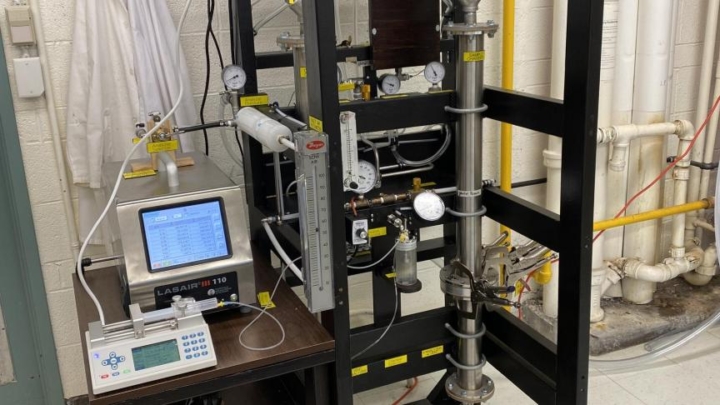
The custom-built setup is used to measure the initial particle filtration efficiency of materials used in medical facemasks using a dispersion of latex microparticles.
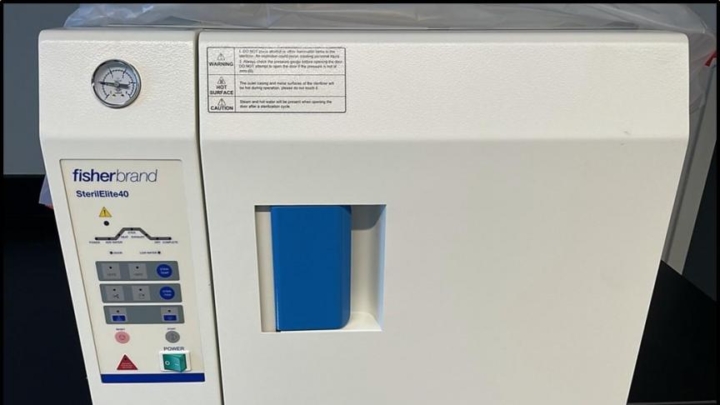
The autoclave uses high-pressure steam to kill bacteria, viruses, fungi, and spores, allowing equipment and liquids to be sterilized.
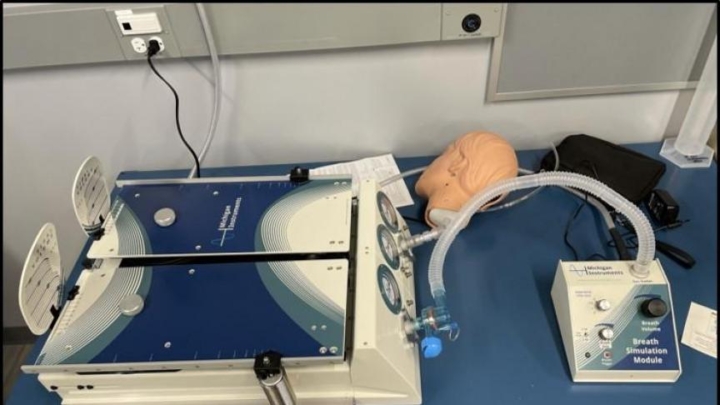
Particle Filtration Efficiency tester is used to detect the filtration efficiency of various medical and daily PPE equipment
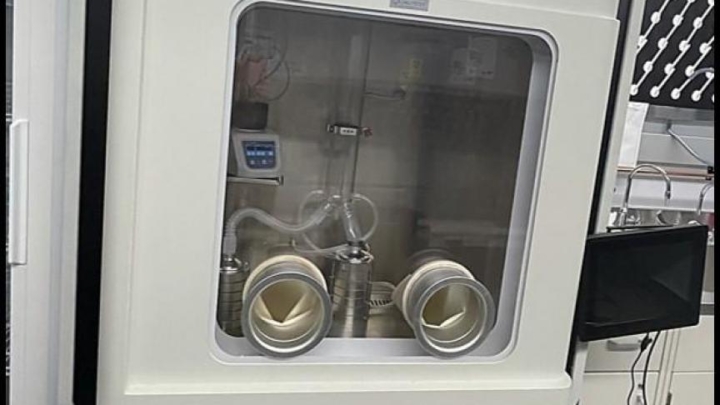
The bacterial filtration efficiency test setup (QT-FMBF2100) is used to determine the BFE of medical face mask materials or the face mask as a whole by challenging an aerosol of bacterial suspension onto the samples.
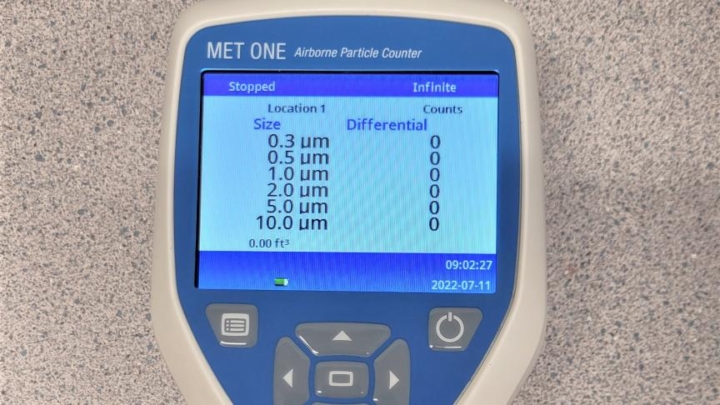
The MET ONE HHPC 6+ is a full-featured six-channel handheld particle counter designed for a wide range of tasks in high-technology cleanroom manufacturing environments such as semiconductor or flat panel display manufacturing.
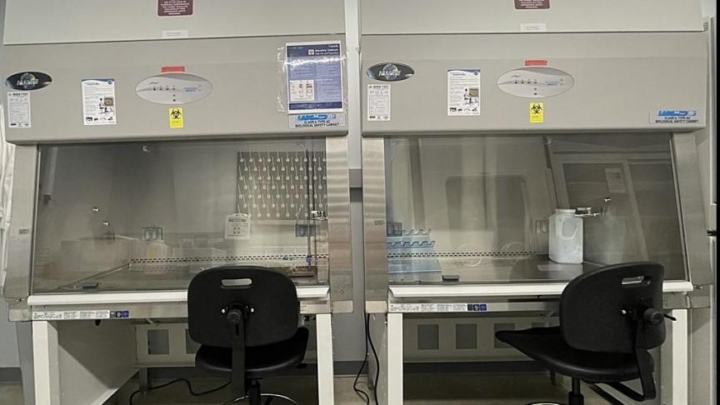
NU-540-400 NuAire LabGard Class II Type biological safety cabinets are enclosed, ventilated workspaces that allow for sterile conditions to be maintained when working with biohazardous materials such as pathogens.
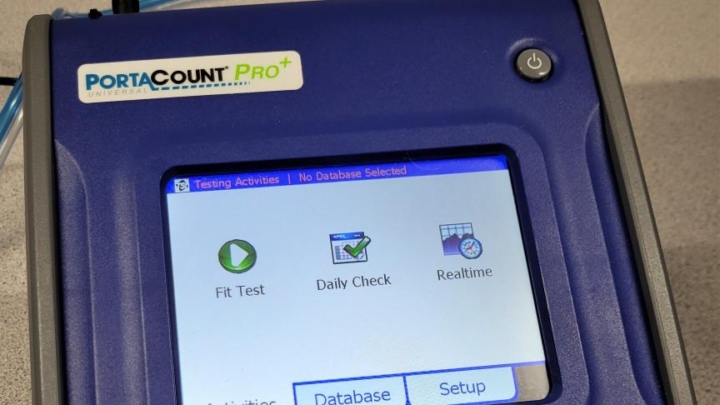
The PortaCount Fit Tester provides a consistent and objective testing experience across all respirator types, including all N95 filtering facepieces. Fit check mode shows in real-time how respirator fit changes throughout donning and adjustment, helping users select the right mask and identify the best fit faster.
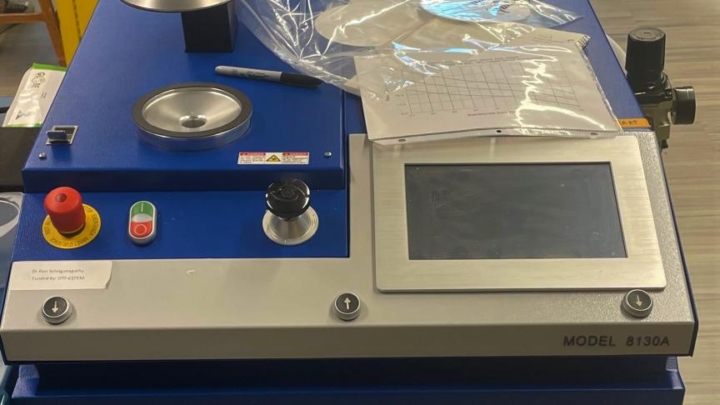
The Automated Filter Tester Model 8130A is the best solution for testing penetration or filter efficiency and pressure drop of particulate respirator filters, disposable filtering face pieces, and a wide assortment of filter media. It can generate salt or oil test aerosol and uses high-sensitivity photometers to determine filtration efficiency or penetration. The pressure drop is measured with a top-of-the-line pressure transducer.
Characterization
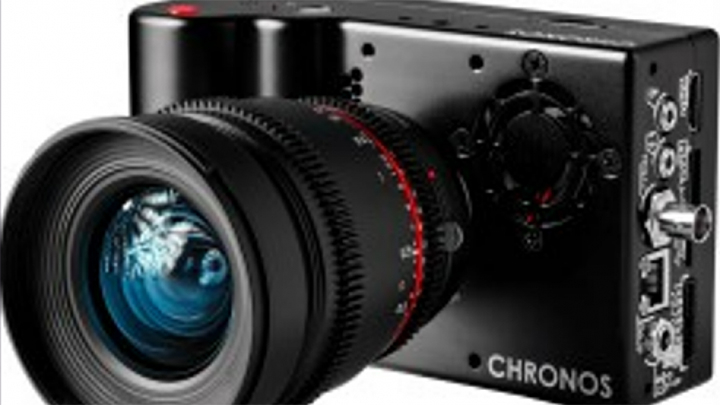
Chronos 2.1-HD is a self-contained, handheld, high-speed camera made to capture 1080p cinematic quality images. The Chronos 2.1-HD can shoot 1,000 fps at its maximum resolution and up to 24,046 fps at lower resolutions. Four different user-friendly recording modes enable high-speed imagery ideal for industrial and scientific research applications
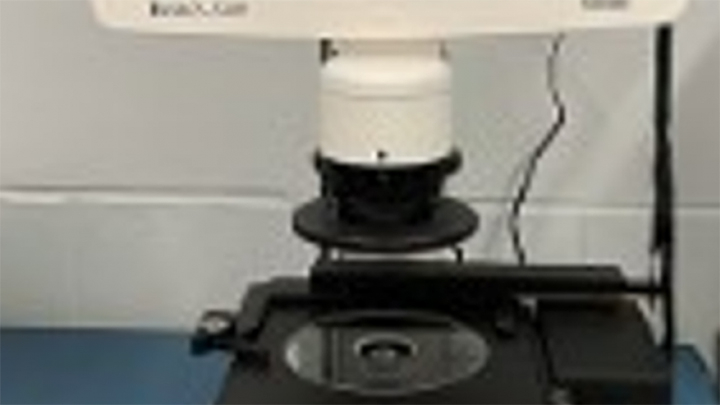
The Invitrogen EVOS XL core imaging system is a fully automated, digital, inverted imaging system. The system is designed for a broad range of transmitted light applications including time-lapse imaging, manual-assist cell counting, and image review.
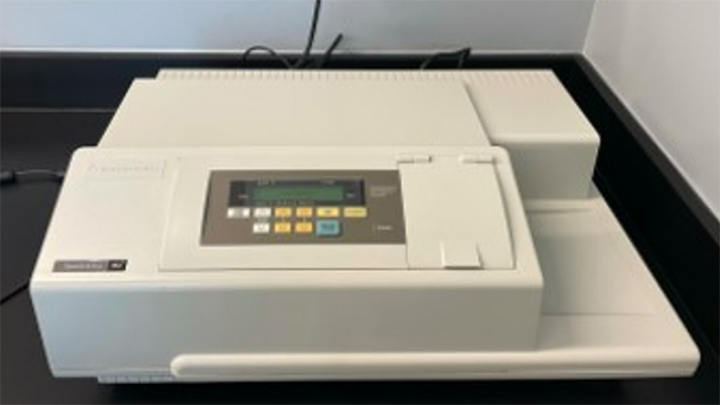
The SpectraMax® M2e Multi-Mode Microplate Reader are dual monochromator, multi-detection instrument with a triple-mode cuvette port and a 6-well to 384-well plate read capability.
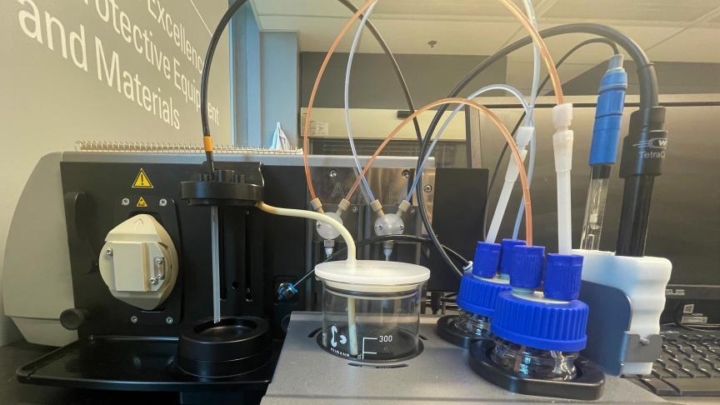
SurPASS 3 is a fully automated zeta potential analyzer for solid surfaces. As electrokinetic analyzers, they employ the classic streaming potential and streaming current method for direct analysis of the surface zeta potential.
Manufacturing
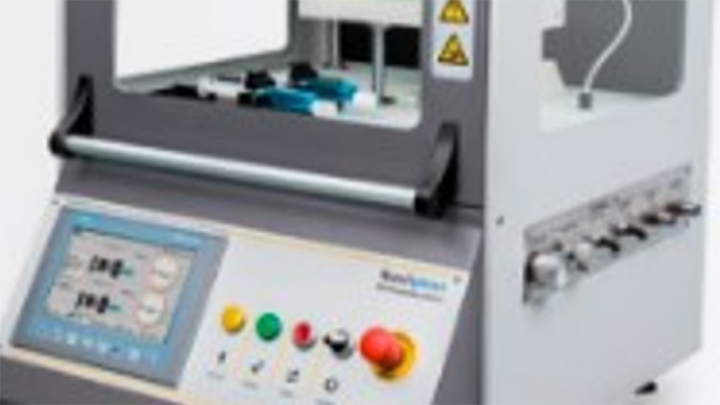
NE300 is a lab-scale electrospinning device used to create electrospun nonwovens using polymer solutions. Electrospinning is a versatile method of forming nanofibers using a high-voltage electric field that stretches the polymer solution into thin fibers. It has a 9-nozzle feeding unit along with basic cylindrical and plate collectors that allow for a wide range of membrane geometries to be produced from polymers.
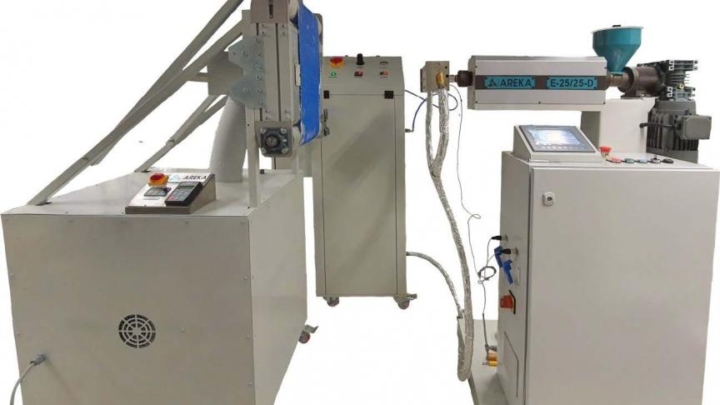
The modular meltblowing unit is designed to vary the process conditions effectively and create nonwovens with varying fiber diameters and gsm.
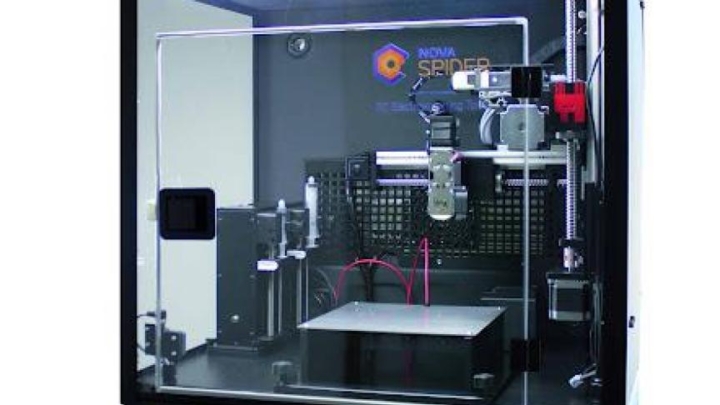
Prolab3D melt electrowriter enables the forming of scaffolds for tissue engineering applications in a chamber with controlled temperature and humidity. Extrusion techniques combined with high voltage electric field allows the user to control the fiber diameter on demand.
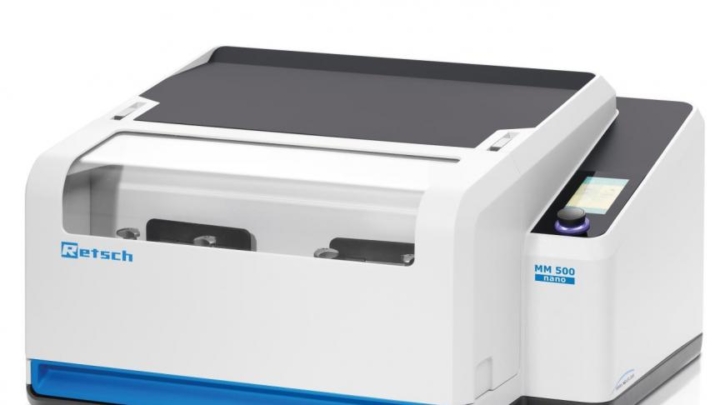
MM500 nano is designed for the crushing, grinding, mixing, and homogenisation of wet and dry soft, medium-hard, fibrous, and brittle materials with an initial particle size of up to 10 mm.
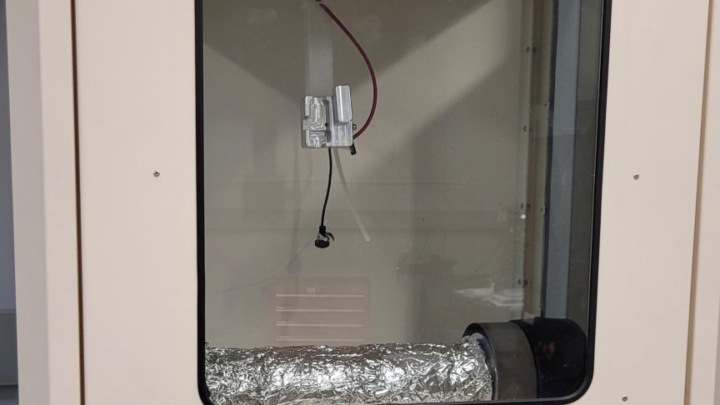
Solution blowing is used to create nonwovens using a polymer that may degrade at high temperatures but can dissolve in a solvent. The high-velocity air stream combined with a high-voltage electric field is used to create nanometer-sized fibers.

